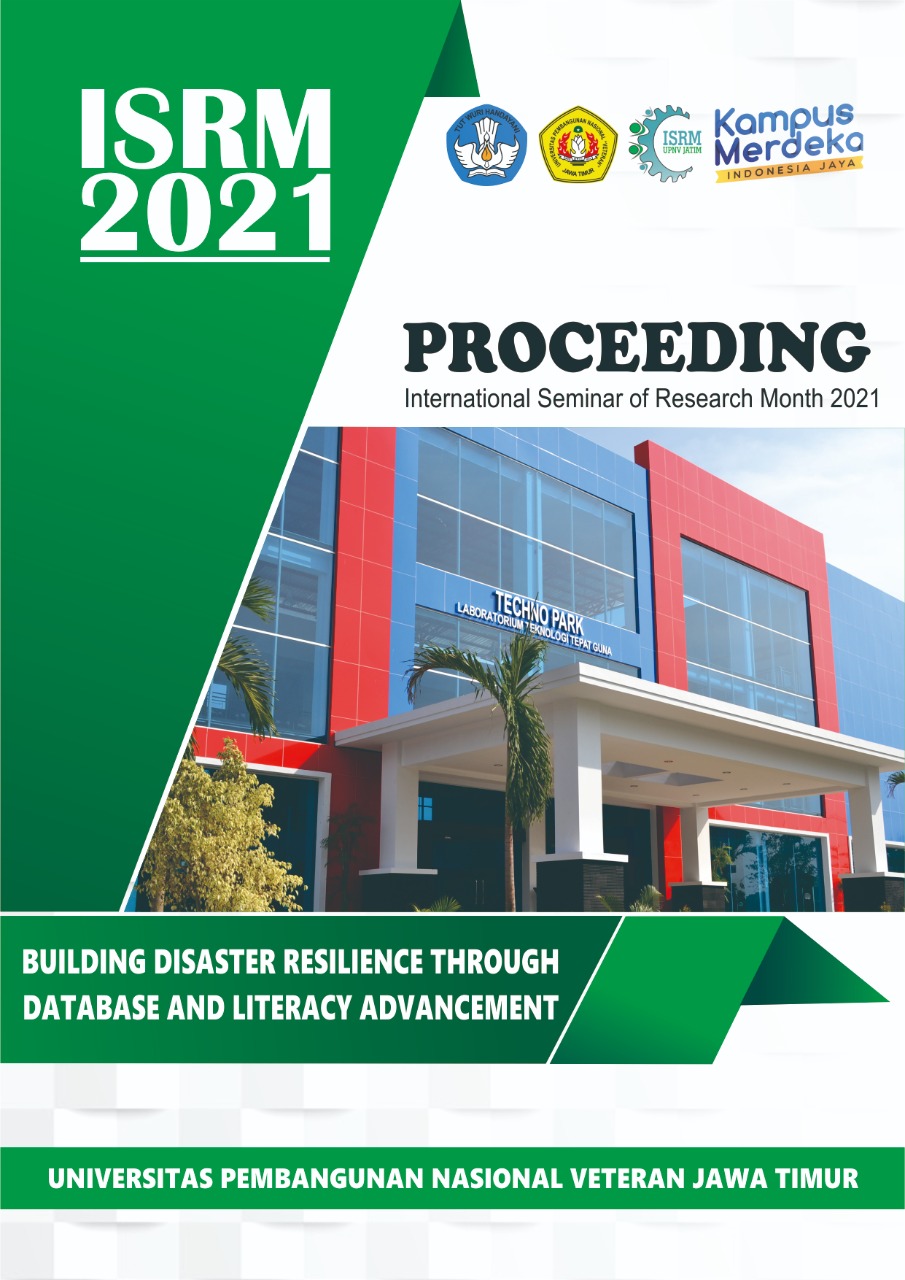Microcontroller Based of Hydroponic Monitoring Environmental Condition
DOI:
https://doi.org/10.11594/nstp.2022.2441Keywords:
Microcontroller, hydroponic, sensors, lettuce, vegetablesAbstract
Hydroponic has developed quite rapidly, we can find almost in every area, from village to metropolis. Hydroponic become a trend because easy to re-implement, easy to reuse, and easy to understand. Hydroponic doesn’t need large area, because hydroponic using water as the main growing medium. Vegetables crops such as chilli, kale, lettuce, spinach, and basil are the type of commonly used in hydroponic. Hydroponic planting main focus is the process of providing nutrient solution as the main food source of plant. Nutrient solution in the form of nutrient A consist of calcium, potassium, nitrogen, and iron. In addition to nutrient A, there is one another called nutrient B. Nutrient B consist of potassium, nitrogen, phosphorus, magnesium, sulphur, manganese, Zn, Cu, Mo, and boron that plant need. Nutrient A and B are very to find in market. Nutrient monitoring in hydroponic system is very important, therefore it should be done periodically and need immediate action when found something odd. Some of equipment needed to monitor the are TDS meter, thermometer, and PH meter. This paper purpose microcontroller based which combine of many sensor needed and fusion it to one module with large display to monitor environmental condition of hydroponic system easily. System can display clearly about temperature, TDS, and also PH of water in hydroponic. Buzzer included to give a notification if something odd happened in the system.
Downloads
Downloads
Published
Conference Proceedings Volume
Section
License
Copyright (c) 2022 Wahyu S. J. Saputra, Faisal Muttaqin, Indriati

This work is licensed under a Creative Commons Attribution 4.0 International License.
Authors who publish with this proceedings agree to the following terms:
Authors retain copyright and grant the Nusantara Science and Technology Proceedings right of first publication with the work simultaneously licensed under a Creative Commons Attribution License that allows others to share the work with an acknowledgement of the work's authorship and initial publication in this proceeding.
Authors are able to enter into separate, additional contractual arrangements for the non-exclusive distribution of the proceedings published version of the work (e.g., post it to an institutional repository or publish it in a book), with an acknowledgement of its initial publication in this proceeding.
Authors are permitted and encouraged to post their work online (e.g., in institutional repositories or on their website) prior to and during the submission process, as it can lead to productive exchanges, as well as earlier and greater citation of published work (See the Effect of Open Access).














